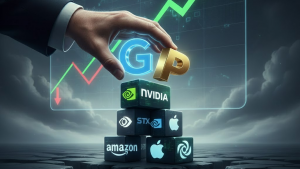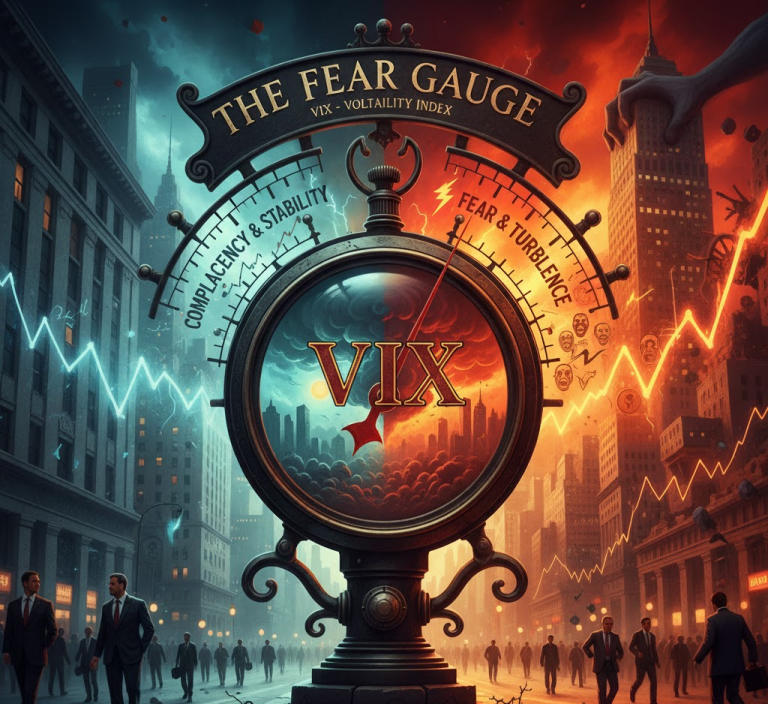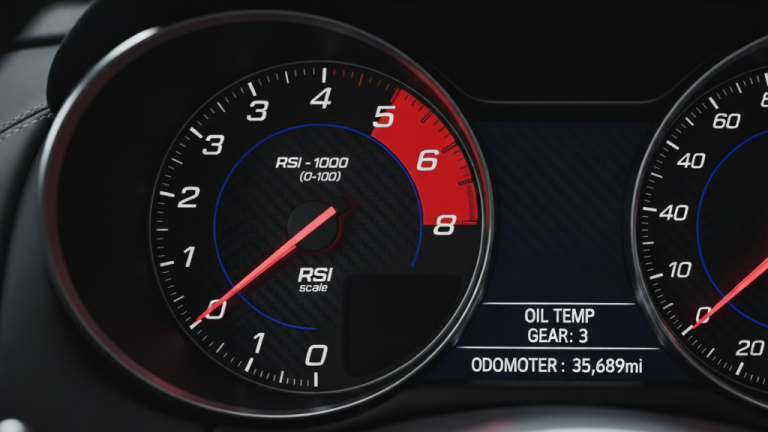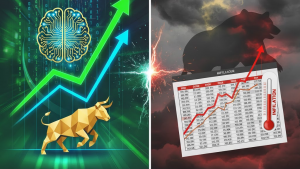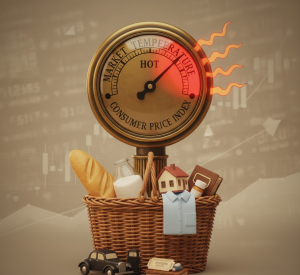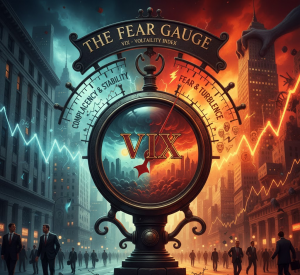Summary
The Consumer Price Index (CPI) is a vital economic indicator that measures the average change in prices paid by consumers for a “basket” of common goods and services. It is the most widely followed measure of inflation, and its fluctuations are a primary driver of central bank policy, which in turn moves every financial market.
Introduction
The value of a dollar is not constant. It is a living thing, its purchasing power constantly diluted by the forces of inflation. A dollar today does not buy what it bought twenty years ago. As a trader, you are not just trading companies or commodities; you are navigating the changing value of money itself. The Consumer Price Index (CPI) is the official thermometer we use to measure this change. It is not a stock you can buy or a company you can analyze, but it is one of the most powerful numbers in the financial world because it reports on the economic “fever” of inflation.
The Core Concept (Explained Simply)
To understand the CPI, imagine a “National Shopping Cart.”
Every month, the government (in the U.S., the Bureau of Labor Statistics) goes out and fills this cart with the exact same items. This isn’t just groceries; it’s a carefully selected “basket” that represents what the average urban consumer buys.
This basket includes:
- Housing: A portion of rent or mortgage payments.
- Transportation: A tank of gasoline, a car payment, a bus fare.
- Food: A gallon of milk, a loaf of bread, a pound of chicken.
- Apparel: A new t-shirt, a pair of shoes.
- Medical Care: A doctor’s visit, a prescription.
- Recreation: A movie ticket, a smartphone.
The CPI is simply the total cost of this shopping cart. The government then compares the cost of this month’s cart to the cost of the same cart last month, or, more commonly, last year.
If the cart cost $1,000 last year and costs $1,050 this year, that is a 5% increase. This 5% is the inflation rate.
A small, steady increase (like 2%) is often seen as the sign of a healthy, growing economy. A large, rapid increase (like 7-9%) is an economic “fever” that signals the purchasing power of money is rapidly evaporating.
A Note on “Core CPI”
You will often hear traders and the media talk about “Core CPI.” This is the cost of the same shopping cart but with two volatile items removed: food and energy. Why? Because gas prices can spike due to a war and lettuce prices can jump due to a drought. These events don’t reflect the underlying, “sticky” inflation in the economy. The Federal Reserve pays very close attention to Core CPI because it gives a clearer, less noisy signal of the true inflationary trend.
From Theory to Practice
A trader does not care about the CPI for historical record-keeping. A trader cares about it because it is arguably the single most important piece of data for the Federal Reserve (the U.S. central bank).
The Federal Reserve has a “dual mandate”: to keep prices stable (manage inflation) and to maximize employment. The CPI is their primary gauge for the “price stability” part.
This creates a powerful chain of events that every trader must understand:
- CPI Report is Released: The number is published (usually around the 13th of the month at 8:30 AM ET).
- Market Compares to Expectations: The market never reacts to the number itself. It reacts to the surprise. Every bank and economist has an “expected” number. If the report is “hotter” (higher inflation) than expected, the market reacts violently. If it’s “colder” (lower inflation) than expected, it also reacts.
- The Fed’s Perceived Reaction:
- A “Hot” Report ($\text{CPI} > \text{Expectations}$): The market assumes the Fed will have to “fight” this inflation by raising interest rates or keeping them high for longer.
- A “Cold” Report ($\text{CPI} < \text{Expectations}$): The market assumes the Fed has “won” the fight and can now pause or cut interest rates to help the economy grow.
- Asset Prices React:
- Stocks: Hate hot CPI reports. Higher interest rates make borrowing money harder for companies and make “safe” bonds (which now pay more) look more attractive than “risky” stocks.
- Bonds: Hate hot CPI reports. Inflation is the enemy of bonds. It erodes the value of their fixed future payments. Bond prices fall (and their yields rise) instantly.
- The U.S. Dollar (Forex): Loves hot CPI reports. Higher U.S. interest rates attract foreign capital, as investors all over the world seek that higher “yield,” which strengthens the dollar.
A Brief Illustration
It is 8:29 AM. The entire financial world is holding its breath. Economists are forecasting the monthly Core CPI to come in at +0.3%.
At 8:30:00 AM, the report flashes: +0.5%.
The report is much “hotter” than expected. Within a single second, you would witness:
- S&P 500 (stock) futures, which were flat, plunge 1.5%.
- The 10-Year Treasury Note (bonds) yield jumps from 4.2% to 4.35%.
- The U.S. Dollar Index (DXY) spikes, with the EUR/USD (Euro vs. Dollar) currency pair falling sharply.
The market isn’t reacting to the 0.5% number. It is reacting to the new reality that the Federal Reserve will be forced to be more aggressive, holding rates higher for longer to cool down this persistent economic fever.
Why It Matters
- It Dictates Central Bank Policy: The CPI is the thermostat of the economy. The Federal Reserve is the hand that controls the thermostat (interest rates). All traders must watch the hand of the Fed.
- It Moves ALL Markets: A CPI surprise will ripple through stocks, bonds, currencies, and even commodities (as gold is often seen as a hedge against inflation).
- It Changes the “Risk-Free” Rate: Interest rates, which are directly influenced by CPI, are the “gravity” of the financial system. When they rise, they pull down the value of all other assets.
- It Is a Scheduled Event: CPI is a known, pre-scheduled, high-volatility event. Many traders will either avoid trading during the release or trade specifically based on the surprise, but no one ignores it.
Additional Topics to Explore
- The Price to Earnings (P/E) Ratio: Definition of the Price to Earnings (P/E) Ratio
- RSI & Moving Averages: A System for Combining Moving Averages and RSI
- The VIX: the fear gauge
- Stop-Limit Order: The Precise Exit: Navigating the Stop-Limit Order



